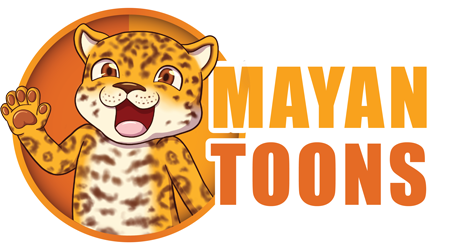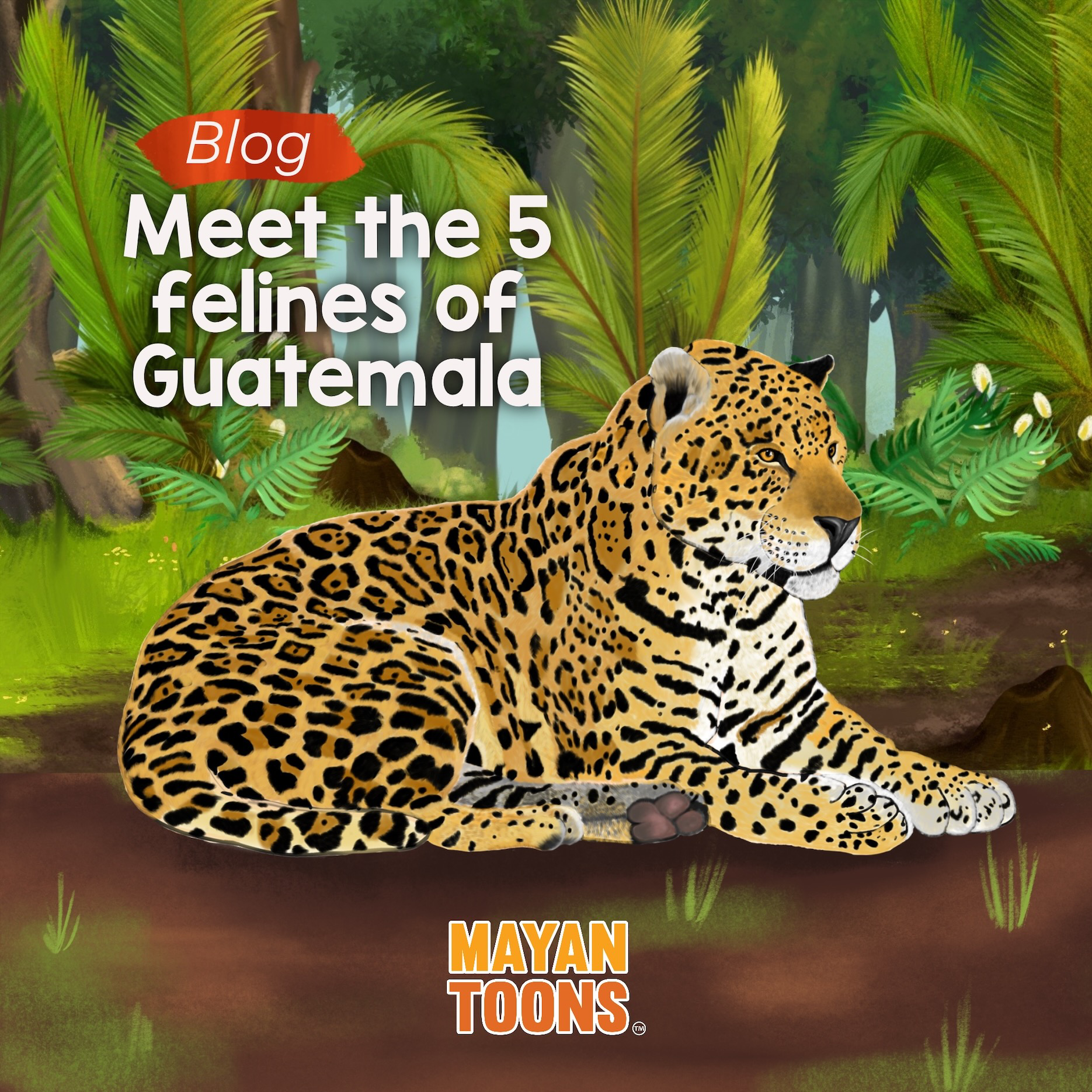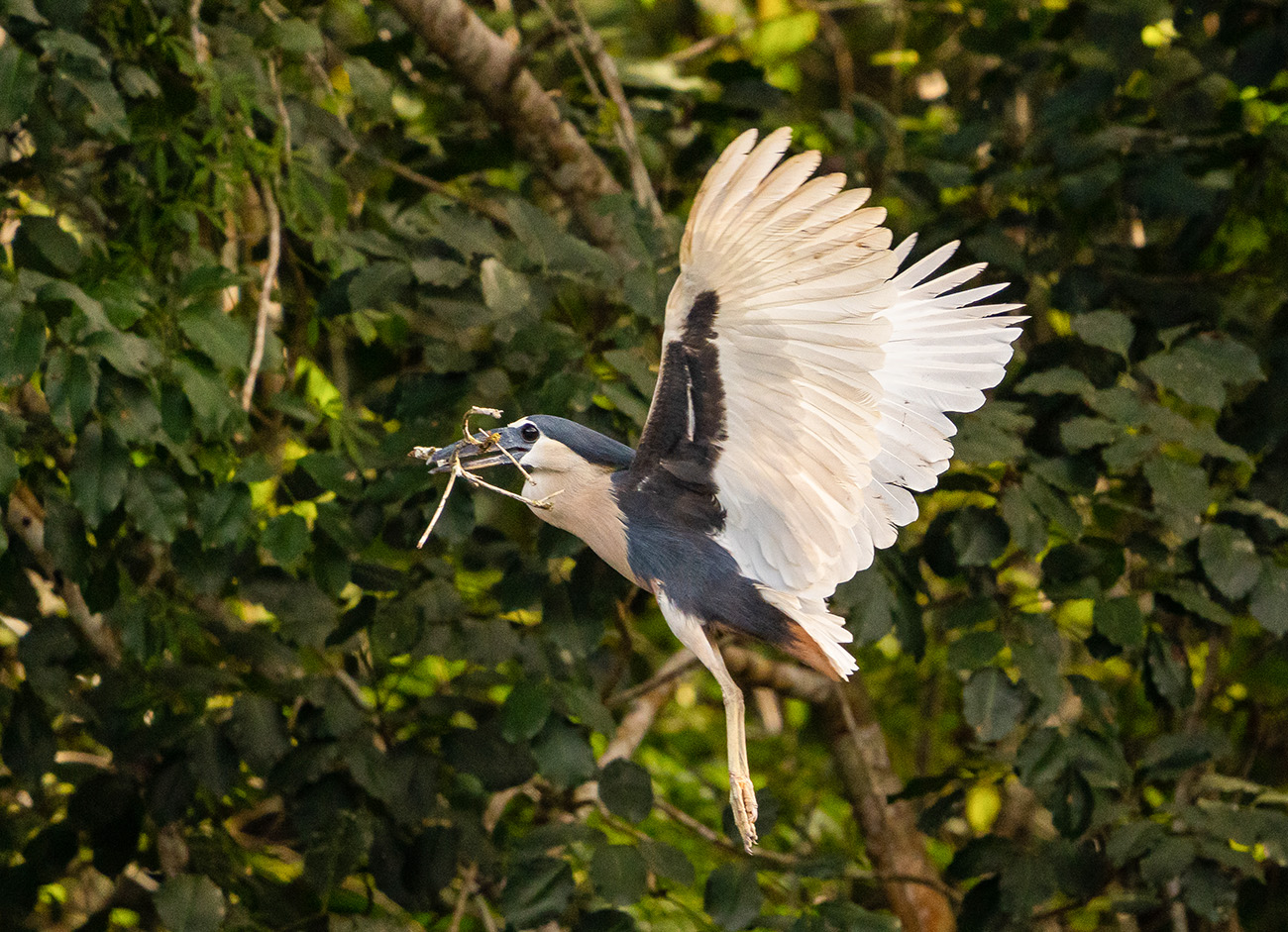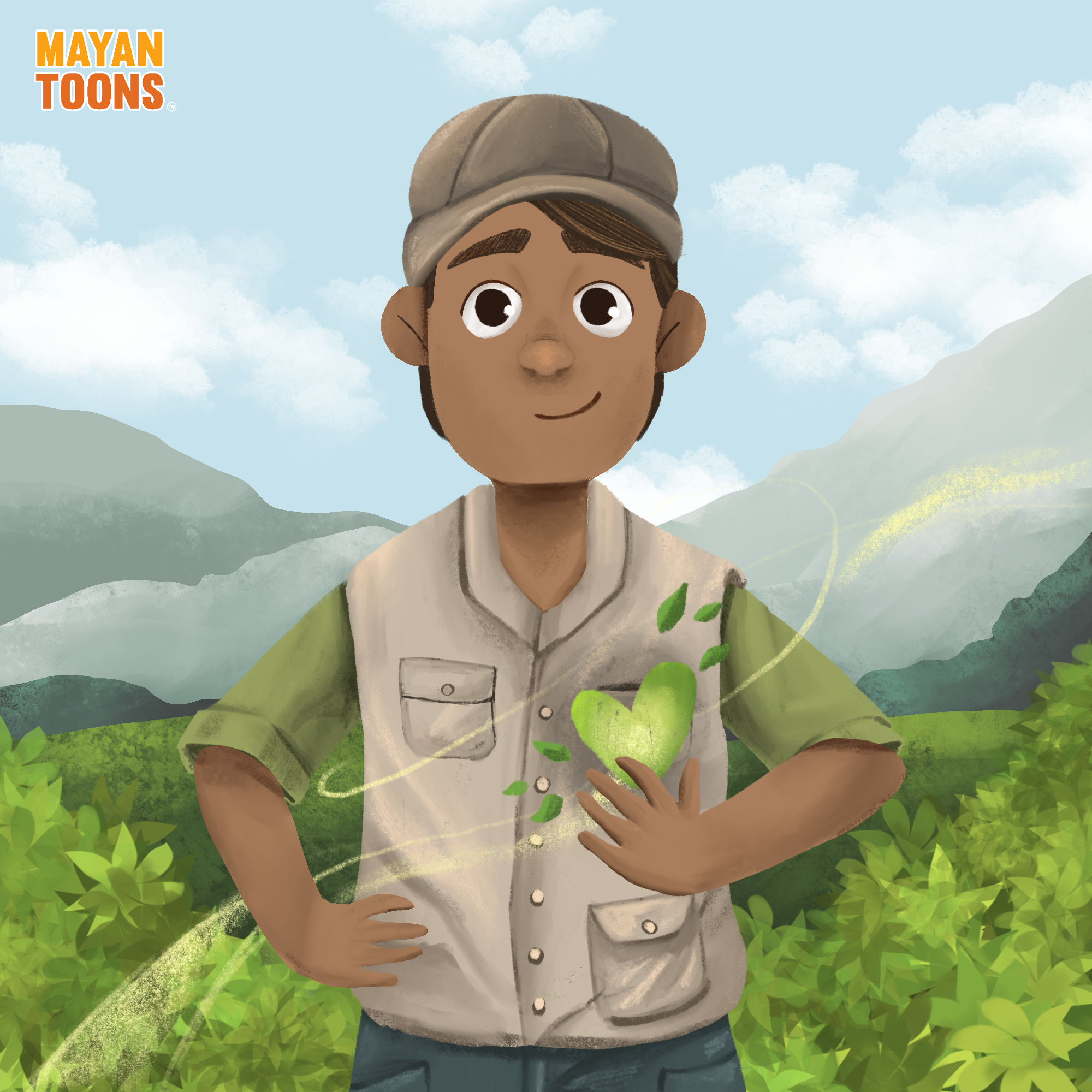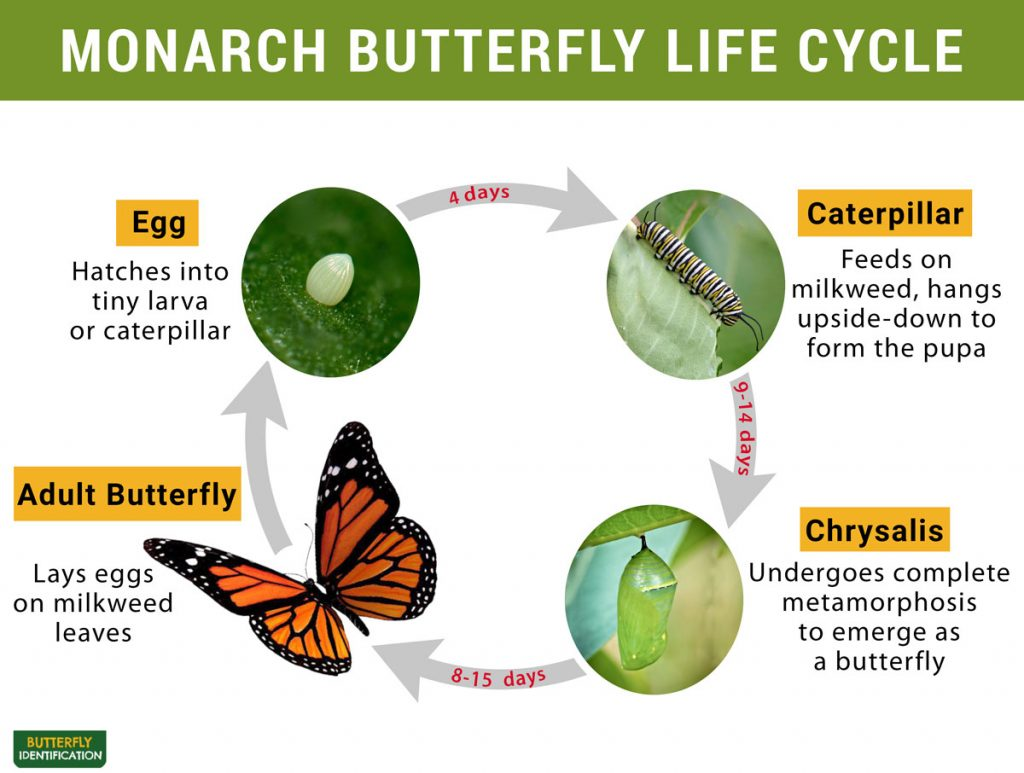Beetles, butterflies, even flies and wasps help pollinate flowers, as do of course hummingbirds and many bat species
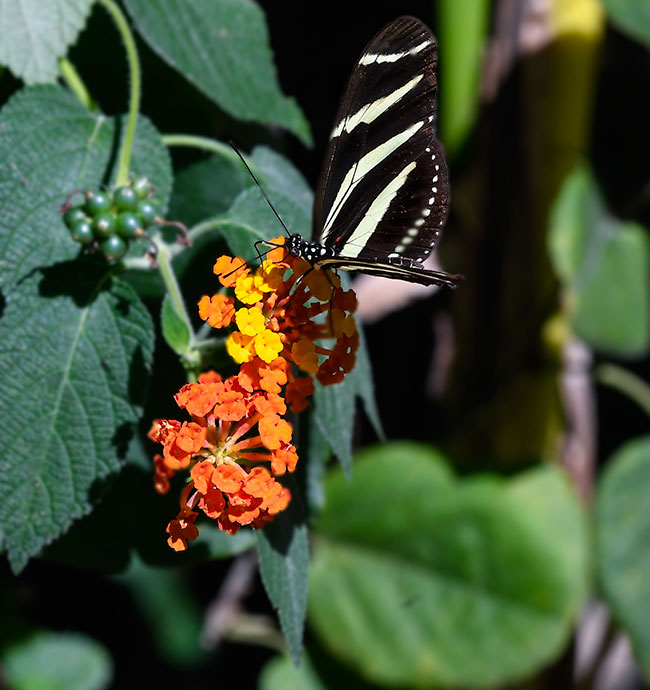
Some species of butterfly prefer specific plants. So if you raise that plant in your garden, you have a better change to attract that butterfly. We have enough plants in our garden to attract more than a dozen species of butterflies (plus bees, beetles, hummingbirds, etc)
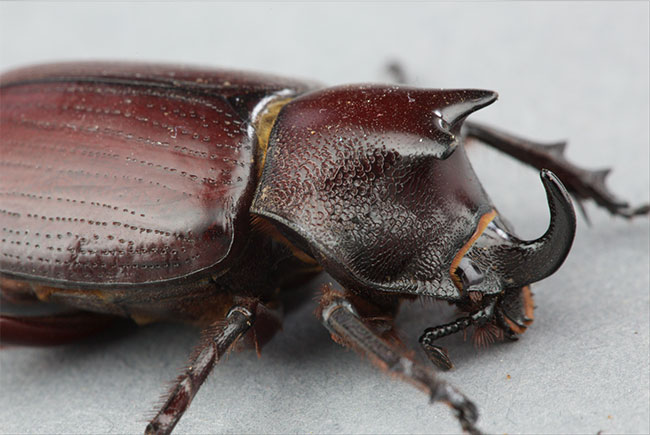
The flowers pollinated by beetles are usually large, greenish or white, the smell emanating flowers is similar to decomposing organic matter. Most flowers that pollinate beetles are flattened or dish-shaped with easy access to pollen, although these may include traps to keep the beetle longer.
Glossary
Mesoamerica is the area of the Americas which were occupied or influenced significantly by the Aztecs or Maya. Actually the Olmecs (from Guerrero and Veracruz, Mexico, three thousand years ago) were the first prehispanic civilization to spread their cults southward. Much of the spreading of influence was due to long distance trade. The Olmecs wanted blue jade and green jade which was obtainable in Costa Rica. Jade is also readily available in limited areas of Guatemala, Mexico and elsewhere, but the color of jade from Costa Rica was often considered an elite color.
Seashells and many other products were traded in all directions, including long distance. So Mesoamerica is the area where the Olmec, then the Teotihuacan, then the Maya, then Toltec, and finally the Aztec merchants went on long distance trading, on foot or by canoe.
Hummingbirds are well known to stick their beaks into flowers. And lots of butterflies are attracted to flowers. But if you spend time in your garden you will see beetles, flies, and wasps also visiting the flowers. Pollen will stick to their bodies (even if they are not as fuzzy as honey bees). This pollen is then carried by the beetle, fly or wasp to other flowers.
Is there a wasp which makes honey?
Yes, it is called the Mexican honey wasp, and they are found in Guatemala also. We found several in the Achi Mayan area of Guatemala, Rabinal, Baja Verapaz, during November 1st and 2nd, 2016.
These little known facts about plants and animals will be the subject of this project.
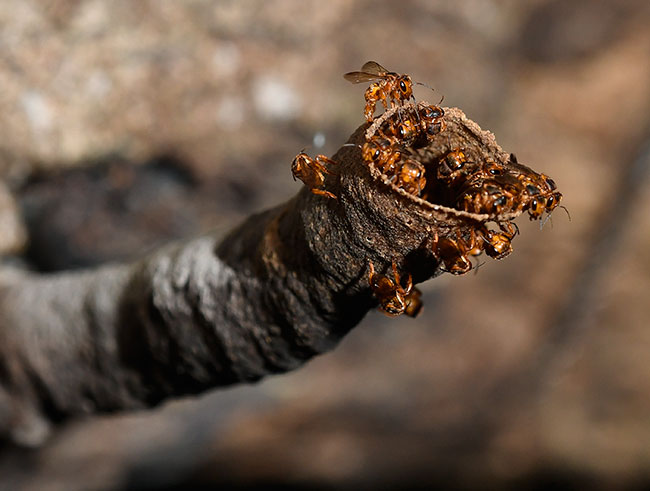
This typical tubular nest of stingless bees was photographed by Dr Nicholas during a recent field trip to the Lake Izabal area of Guatemala.
Learning about pollinators raises awareness of the beauty of tropical flowers
Normally flower-lovers like orchids or fancy flowers. But when I am in dry areas of El Progresso and Zacapa or in the mountains of Sacatepéquez, I find gorgeous flowers.
Amaranth and bledo have many wild species; these are among the most healthy nutritious plants in the world: most species are native to Guatemala and Mexico. It sure helps to have lots of pollinators available so all those amaranth flowers produce the thousands of edible seeds.
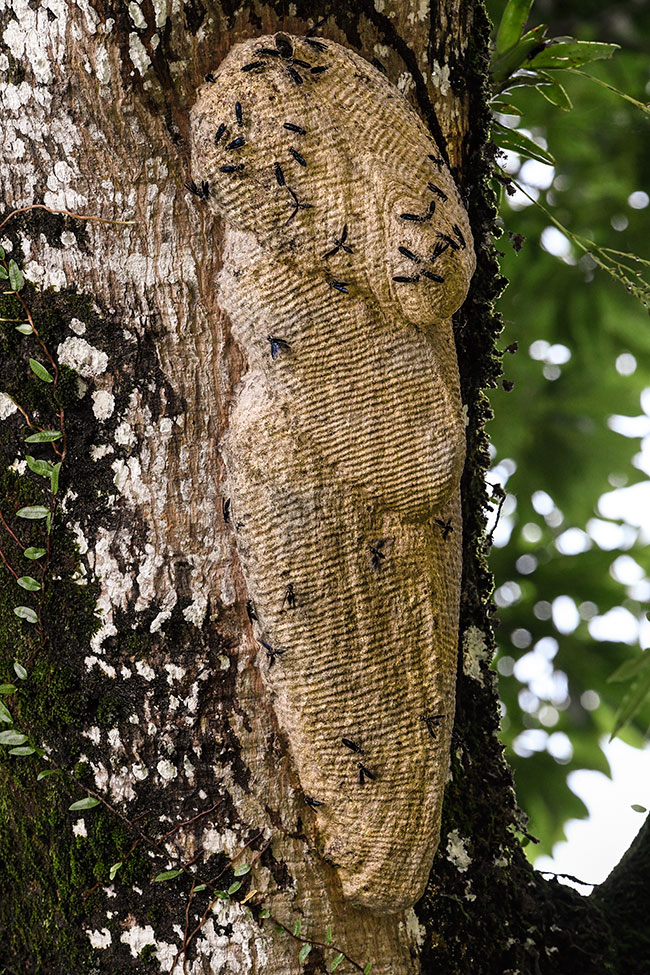

This is an unusually long wasp nest on a Ceiba pentandra tree. In 54 years in Guatemala I have never seen a wasp nest of this format (especially not with all the photogenic parallel ridges). Whether these wasps are pollinators or not, we will learn as we meet with insect specialists at the universities in Guatemala which have professors experienced in these fascinating insects.
Chaya, chia, chomte, chipilin, and cilantro are more healthy plants. Jicama, Quixtán and sauco are also very good to improve your nutrition, especially in remote aldeas. Most of these plants also have medicinal qualities. So with our project to encourage protecting pollinating species, this in turn helps protect the native plants of Guatemala.
Our books can be in Mayan, Xinca, and Garifuna languages
FLAAR already has speakers of Q’eqchi’, Kaqchiquel, and Pokomchi to assist in our books-for-children project. So we can put any and all of our books into Mayan languages: as many different languages as funds are available for.
